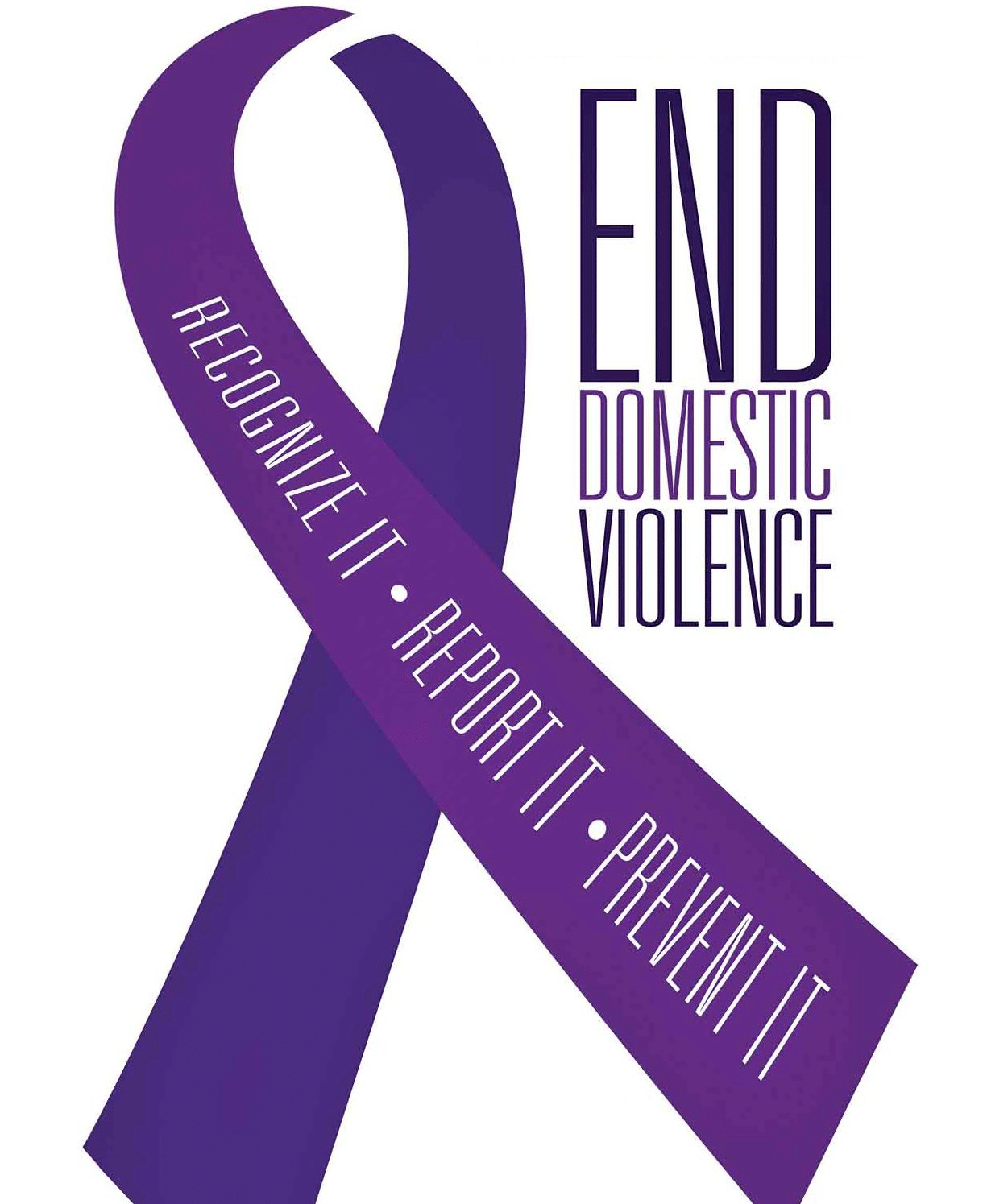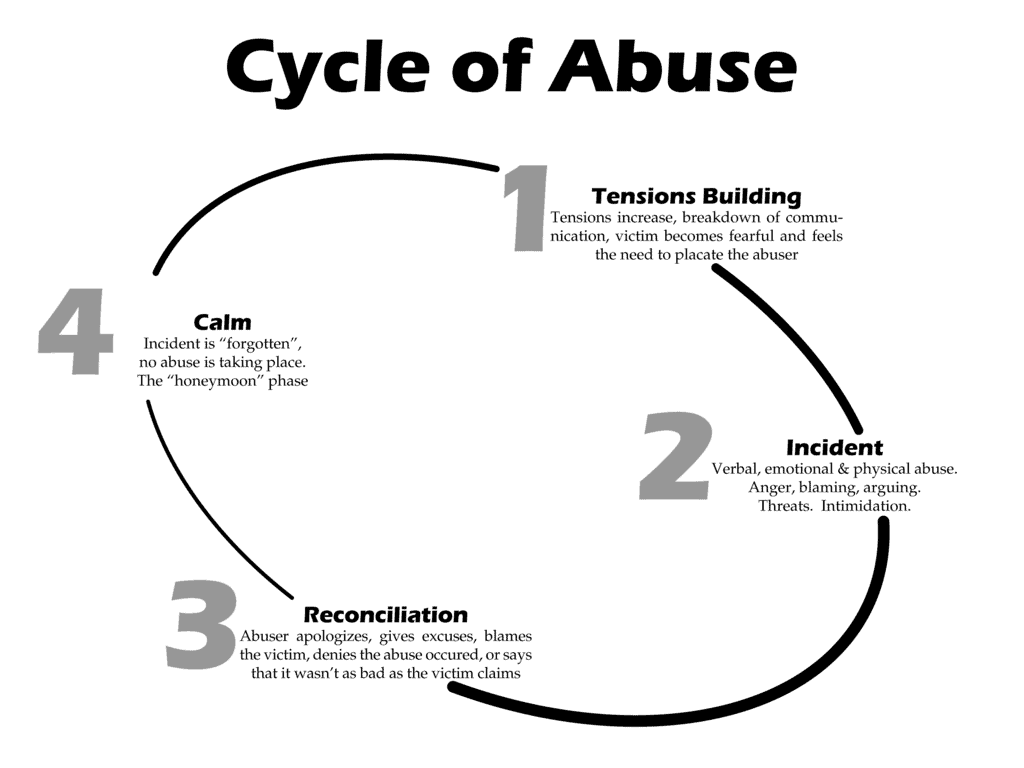Prevention of Violence against Women Chapter Notes | Legal Studies for Class 11 - Humanities/Arts PDF Download
Understanding Domestic Abuse/Violence

Domestic abuse, often referred to as domestic violence, involves a pattern of behaviour within a home setting aimed at exerting power and control over another individual. This behaviour is characterized by its repetitive nature and can manifest in various forms.
Forms of Domestic Abuse
- Domestic abuse encompasses a range of abusive behaviours, including physical, sexual, emotional, economic, and psychological actions or threats that impact individuals.
- Behaviours involved in domestic abuse can include intimidation, manipulation, humiliation, blame, and physical harm.
Scope of Domestic Abuse
- Domestic abuse is not limited to specific demographics; it can affect individuals regardless of their race, age, sexual orientation, religion, or gender.
- It can occur in various types of relationships, including married couples, cohabiting partners, or dating relationships.
Societal Impact of Domestic Violence
- Domestic violence has a wide-ranging impact, affecting individuals across different socio-economic backgrounds and educational levels.
- While condemned in many Western countries, there are regions where it may be legally accepted or culturally tolerated.
- For instance, in the United Arab Emirates, laws may permit a man to exercise limited physical discipline on his wife and children.
- In countries like Jordan, Guinea, Zambia, Sierra Leone, Laos, and Ethiopia, domestic violence can be socially acceptable, even among women.
International Legal Framework
Convention on the Elimination of All Forms of Discrimination against Women (CEDAW)
- CEDAW is a treaty established by the United Nations to identify and combat discrimination against women.
- It is considered the international bill of rights for women.
- Currently, 99 countries, including India, are signatories to CEDAW.
- The convention calls for national efforts to eliminate all forms of discrimination against women.
UN Declaration on the Elimination of Violence against Women (1993)
- This declaration aims to address and eradicate violence against women on a global scale.
Violence Against Women

- Violence against women is defined as any gender-based act that results in physical, sexual, or psychological harm. This includes threats, coercion, and restrictions on freedom, regardless of whether they occur in public or private settings.
- Examples of violence against women encompass:
- Battering
- Sexual abuse
- Dowry violence
- Marital rape
- Female genital mutilation
- Such violence can take place within families or in the broader community.
State Responsibility and Legislation
- States are responsible for addressing and preventing violence against women. India has pledged to uphold the UN Declaration on the Elimination of Violence against Women.
- The UN Model Legislation on Domestic Violence (1996) aids countries in formulating effective laws, characterizing domestic violence as gender-based abuse within families that includes various forms of harm.
Laws in India for the Prevention of VioleAgainstinst Women
- Protection of Women from Domestic Violence Act (PWDVA), 2005:
- Before 2005, domestic violence was not recognized as a distinct legal issue and was addressed under various other laws.
- The PWDVA was enacted to safeguard women facing violence within or associated with their families.
- India's perception of 'domestic violence' has been influenced by international legal frameworks such as the Convention on the Elimination of All Forms of Discrimination Against Women (CEDAW) and the UN Declaration.
- This legislation addresses the gap in civil protections for women enduring domestic violence, offering comprehensive support that extends beyond mere criminal remedies.
- It broadly defines domestic violence to include physical, sexual, verbal, emotional, and economic abuse.
Key Features of the PWDVA:
- It establishes a clear framework for legal protection for women.
- It guarantees prompt relief and assistance for women facing violence.
- It incorporates provisions for women to seek assistance from authorities.
 |
Download the notes
Chapter Notes: Prevention of Violence against Women
|
Download as PDF |
The Protection of Women from Domestic Violence Act (PWDVA)
The Protection of Women from Domestic Violence Act (PWDVA) is primarily a civil law, with some sections involving criminal proceedings. While criminal law aims to punish offenders, PWDVA focuses on providing compensation and support to women. In criminal cases, the State, police, and prosecution lawyers are responsible for enforcement. However, PWDVA centres on the victim and allows women to access the court directly. A woman’s consent is necessary to initiate rights and relief under PWDVA.
Definition of Domestic Relationships
- PWDVA broadly defines "domestic relationships" to include:
- wives
- mothers
- sisters
- daughters
- live-in partners
- Protection extends beyond the matrimonial home to include "shared households", such as those with mothers, sisters, and daughters.
PWDVA includes "Stop Violence" orders that provide immediate emergency relief. It complements other laws, enabling women to enforce laws like divorce laws.
Implementation and Support Systems
- For effective implementation, PWDVA provides access to justice and support systems.
- Protection Officers serve as intermediaries between the court and women, ensuring access to the justice system.
- They assist women in filing applications for relief.
- Protection Officers also raise awareness about legal aid and provide shelter and medical services.
- PWDVA involves Service Providers, which are NGOs voluntarily registered under the Act to offer essential support like shelter and medical facilities.
- Women may prefer to approach NGOs for support rather than the police or state authorities.
Single Window Clearance System
- PWDVA introduces a "single window clearance system" to help women access the justice system efficiently.
- This system allows women to seek civil relief under various laws through PWDVA.
- It simplifies legal processes and avoids multiple suits in different forums.
- PWDVA empowers magistrates to direct parties in a case to undergo counselling with qualified service providers.
- Women's groups play an important role in counselling, often seen as a way to preserve marriages while ensuring safety for women.
PWDVA mandates the Central and State Governments to train and sensitise the public and state authorities, including the judiciary.
Sexual Harassment of Women at Workplace: Prevention, Prohibition, and Redressal
Protection of Women from Sexual Harassment Act, 2013 (POSH Act)
- Objective of POSH Act: The POSH Act aims to make workplaces safer for women by preventing, prohibiting, and addressing acts of sexual harassment against them in the workplace.
- Enactment: The law came into effect across India on December 9, 2013, by the Ministry for Women and Child Development.
History of the POSH Act
- In the early 1990s, the case of Bhanwari Devi, a social worker in Rajasthan, brought attention to the issue of sexual harassment and the need for legal protection for women in the workplace.
- In response to the case, women's rights groups and NGOs filed a public interest litigation in the Supreme Court, leading to the landmark judgment in Vishakha and others v. State of Rajasthan and others.
- In 1997, the Supreme Court laid down the Vishakha Guidelines, which provided a framework for preventing and addressing sexual harassment in the workplace.
- The guidelines emphasized the need for employers to establish rules and complaint mechanisms to protect women from harassment.
- The POSH Act was enacted in 2013, drawing from the Vishakha Guidelines and aiming to provide a legal framework for the prevention and redressal of sexual harassment in the workplace.
Vishakha Guidelines
- Inclusion of Rules: Employers are required to incorporate rules regarding the prevention of sexual harassment into the company code of conduct.
- Complaint Committees Organizations must establish complaint committees to address allegations of sexual harassment, and these committees should be headed by women.
- Disciplinary Actions: Disciplinary measures should be taken against offenders while ensuring the protection of the victim's interests.
- Awareness of Rights: female employees should be made aware of their rights regarding sexual harassment and the procedures for reporting it.
- Recognition of Human Rights Violation: The Supreme Court's recognition of sexual harassment at the workplace as a violation of human rights was a significant development, leading to the establishment of the Vishakha Guidelines.
- Legal Framework: The Sexual Harassment of Women at Workplace (Prevention, Prohibition, and Redressal) Act of 2013 was enacted based on the Vishakha guidelines. Its purpose is to provide a structured mechanism for addressing complaints of sexual harassment in the workplace.
|
69 videos|76 docs|25 tests
|
FAQs on Prevention of Violence against Women Chapter Notes - Legal Studies for Class 11 - Humanities/Arts
| 1. What is domestic abuse/violence? |  |
| 2. What is the international legal framework for preventing violence against women? |  |
| 3. What are the laws in India on the prevention of violence against women? |  |
| 4. How can individuals seek help if they are experiencing domestic abuse/violence? |  |
| 5. What are some common signs of domestic abuse/violence that individuals should be aware of? |  |



























